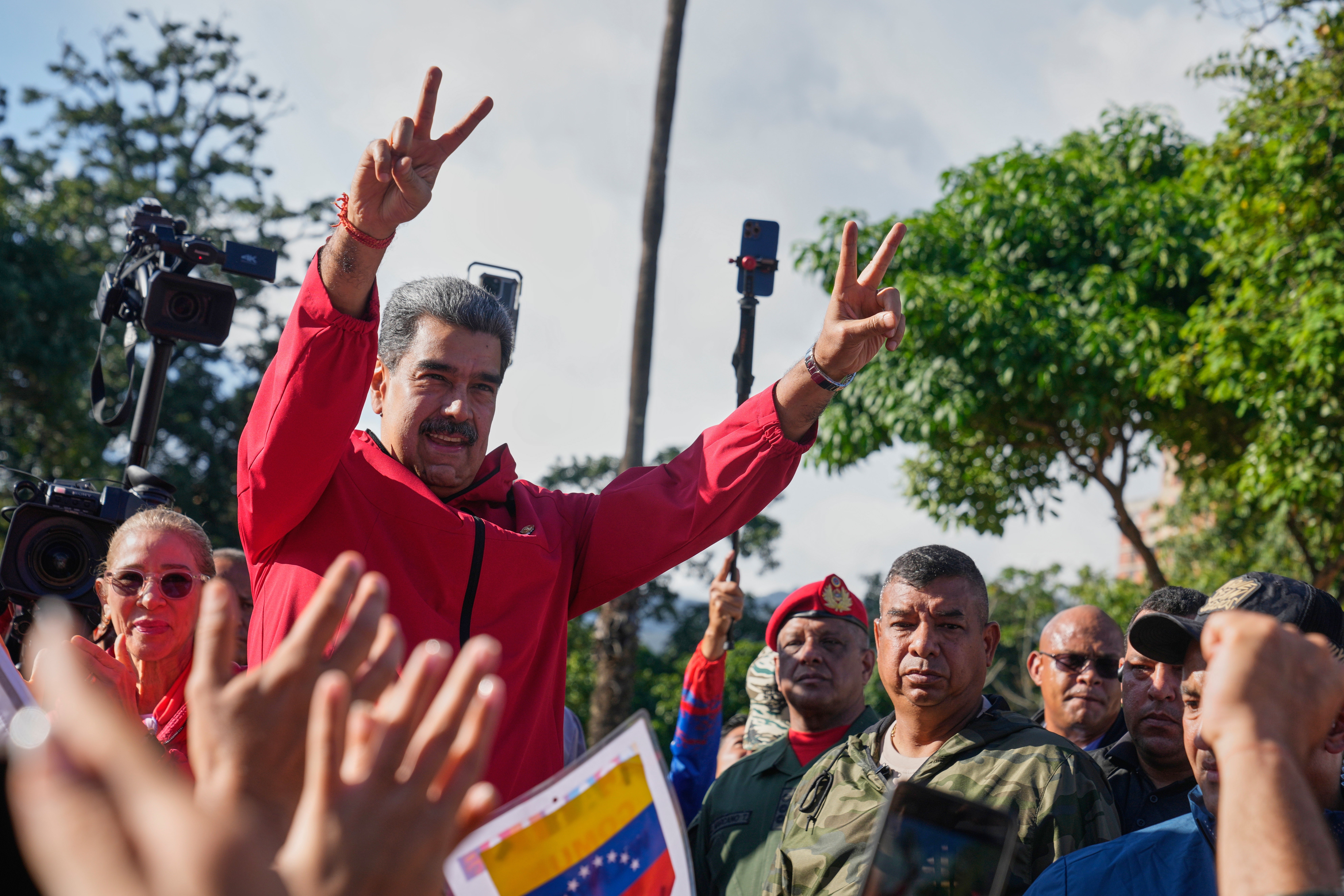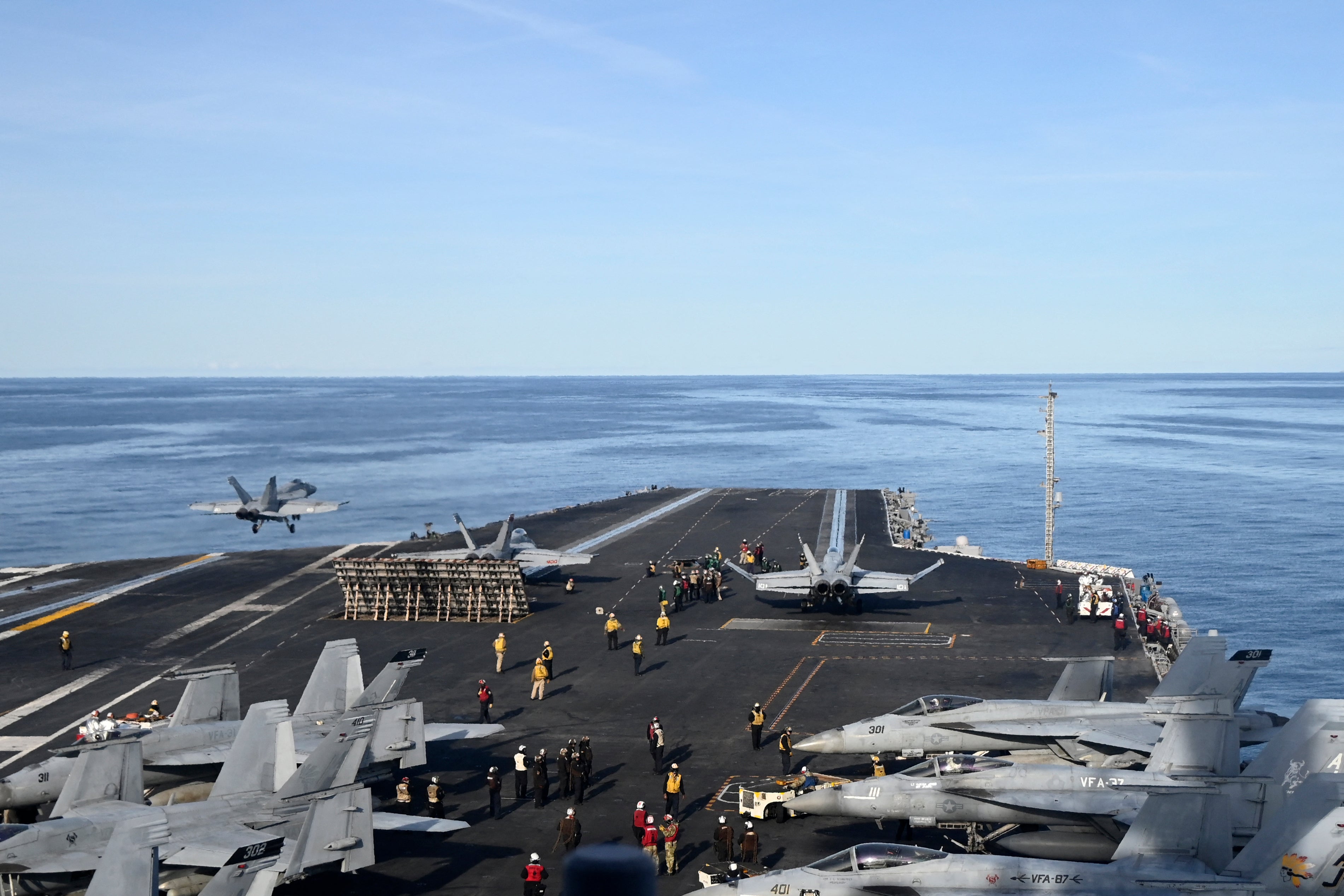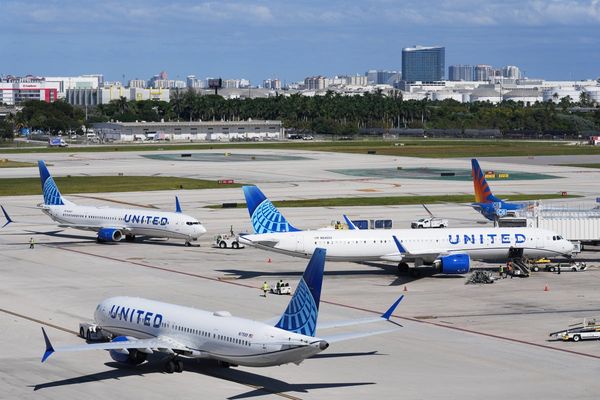
The United States’ most advanced aircraft carrier, the USS Gerald R. Ford, arrived in the Caribbean Sea on Sunday, showcasing a significant display of American military might. This deployment immediately raises questions about the implications of such a substantial influx of troops and weaponry for the Trump administration’s ongoing drug enforcement campaign in South America.
Announced by the U.S. military, the Ford’s arrival marks a pivotal moment in what the Trump administration characterises as a counterdrug operation. However, critics view the intensified activity as an escalating pressure tactic directed against Venezuelan President Nicolás Maduro. Since early September, U.S. strikes have reportedly resulted in the deaths of at least 80 individuals across 20 attacks on small boats suspected of transporting drugs in the Caribbean and eastern Pacific Ocean.
The presence of the Ford completes the largest buildup of U.S. firepower seen in the region for generations. This formidable force now comprises approximately 12,000 troops aboard nearly a dozen Navy ships, forming what Defense Secretary Pete Hegseth has named "Operation Southern Spear."
The Ford's carrier strike group, which includes squadrons of fighter jets and guided-missile destroyers, transited the Anegada Passage near the British Virgin Islands on Sunday morning, the Navy said in a statement.
Rear Adm. Paul Lanzilotta, who commands the Ford's carrier strike group, said it will bolster an already large force of American warships to "protect our nation’s security and prosperity against narco-terrorism in the Western Hemisphere.”

The administration has insisted that the buildup of warships is focused on stopping the flow of drugs into the U.S., but it has released no evidence to support its assertions that those killed in the boats were “narcoterrorists.” Trump has indicated military action would expand beyond strikes by sea, saying the U.S. would "stop the drugs coming in by land.”
The U.S. has long used aircraft carriers to pressure and deter aggression by other nations because their warplanes can strike targets deep inside another country. Some experts say the Ford is ill-suited to fighting cartels, but it could be an effective instrument of intimidation for Maduro in a push to get him to step down.
Secretary of State Marco Rubio says the United States does not recognize Maduro, who was widely accused of stealing last year’s election, as Venezuela’s legitimate leader. Rubio has called Venezuela's government a “transshipment organization” that openly cooperates with those trafficking drugs.

Maduro, who faces charges of narcoterrorism in the U.S., has said the U.S. government is “fabricating” a war against him. Venezuela’s government recently touted a “massive” mobilization of troops and civilians to defend against possible U.S. attacks.
Trump has justified the attacks on drug boats by saying the U.S. is in “armed conflict” with drug cartels while claiming the boats are operated by foreign terror organizations.
He has faced pushback from leaders in the region, the U.N. human rights chief and U.S. lawmakers, including Republicans, who have pressed for more information on who is being targeted and the legal justification for the boat strikes.
Senate Republicans, however, recently voted to reject legislation that would have put a check on Trump’s ability to launch an attack against Venezuela without congressional authorization.
Experts disagree on whether or not American warplanes may be used to strike land targets inside Venezuela. Either way, the 100,000-ton warship is sending a message.
“This is the anchor of what it means to have U.S. military power once again in Latin America,” said Elizabeth Dickinson, the International Crisis Group’s senior analyst for the Andes region. “And it has raised a lot of anxieties in Venezuela but also throughout the region. I think everyone is watching this with sort of bated breath to see just how willing the U.S. is to really use military force.”
Ecuadorian drug lord arrested in Spain years after faking his own death
Border Patrol commander touts dozens of North Carolina arrests leaving residents 'overwhelmed'
Venezuela president breaks into John Lennon song during speech on US tensions
United flight makes emergency landing in St Louis after bomb threat - report
New York Jets star Kris Boyd in critical condition after being shot: reports
Marjorie Taylor Greene implies Israel pressing Trump to keep Epstein files private







